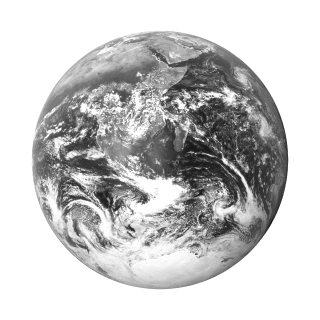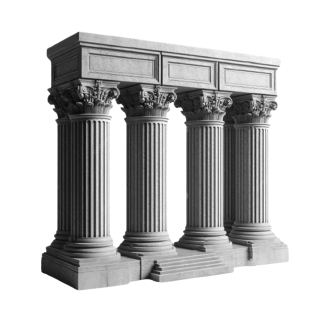
Overview
There’s something in the water in these two northeast regions bordering the Russian enclave of Kaliningrad – mostly hundreds of sailors, windsurfers and kayakers who come to make a splash in the Great Masurian Lakes, which dominate the landscape. There’s more aqua fun to be had here than in the rest of the country put together, and if water sports are your thing, this is your place.
Plan your trip with Guide, an AI travel planner!
Create a personalized trip itinerary in seconds using artificial intelligence.
Must-see attractions
Get a book. Get inspired. Get exploring.
in partnership with getyourguide










